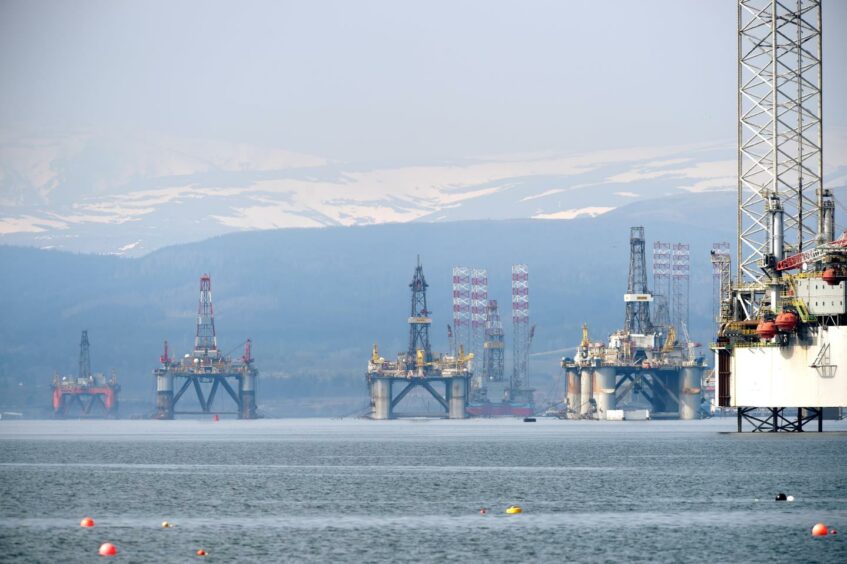
The UK North Sea is likely heading for tighter supply of oil rigs as a flurry of deferred drilling contracts for next year come through, according to new analysis.
Last year Bassoe Offshore (now Esgian) predicted that demand could spike for drilling rigs in 2021 due to the number of Covid-delayed projects.
Teresa Wilkie, offshore rig market analyst at Esgian, said: “The foreseen struggle to find semisubs that we had anticipated in the UK market has not materialised this year as planned.
“As it turned out, the majority of those longer-term campaigns that we had mentioned were deferred into 2022 and so this predicted shrinking available supply is now looking more likely next year instead.”
There are currently five semisubmersibles out working, with three more warm stacked and three more cold-stacked in the UK, while around five more dip between the UK and Norwegian markets.
According to Esgian’s Rig Service database, there are tenders or pre-tender requirements over the next 12 months outstanding from the likes of Hibiscus, CNR International, Dana, Siccar Point, Spirit Energy, TotalEnergies, and Serica to name a few.
If all of these come at once then it “could result in a tight semisub market especially in the summer months”.
UK operators tend to prefer to carry out work during the summer weather window to avoid downtime and extra costs.
The UK sector is expected to reach over 90% floating rig competitive utilisation in summer 2022 if there is not a surge of rigs brought in from other regions like Norway, or if cold-stacked rigs are reactivated.
To combat the impacts of Covid-19 on the industry, the Norwegian government last year implemented a system of tax rebates on drilling expenditure.
This means that projects are reaching final investment decision (FID) more quickly in Norway, which could make rig competition even more fierce for the UK in the next few years.
Ms Wilkie said: “We predict that this will lead to increased semisub demand in Norway from early late 2022 and early 2023.
“And if a rig owner can keep its rig in Norway earning over $300,000 per day, it’s unlikely they would rather bring it to the UK to earn a lot less than that so if there is enough demand in Norway the majority of those rigs will stay there.”
The impact of 2020 saw numerous top level drilling contractors enter Chapter 11 bankruptcy, and several commentators noted the need for more rigs to be scrapped in order to balance out supply and demand.
While this has been happening in certain regions, only a couple of North Sea semisubmersibles in Norway were retired last year because the majority of excess, older tonnage had already been scrapped in previous years due to a lack of demand in the region
Ms Wilkie added: “If demand does increase as forecast and in addition we may start seeing more companies finally wanting to move ahead with their plugging and abandonment campaigns etc., that’s when we will see supply issues for these sorts of rigs and when rigs will become more expensive to hire.”
Earlier this year Bassoe Analytics and Greenpact Data merged into Esgian. Find out more here.
Recommended for you

